Home>Dining>Tableware>How To Store Tablecloths Without Wrinkling
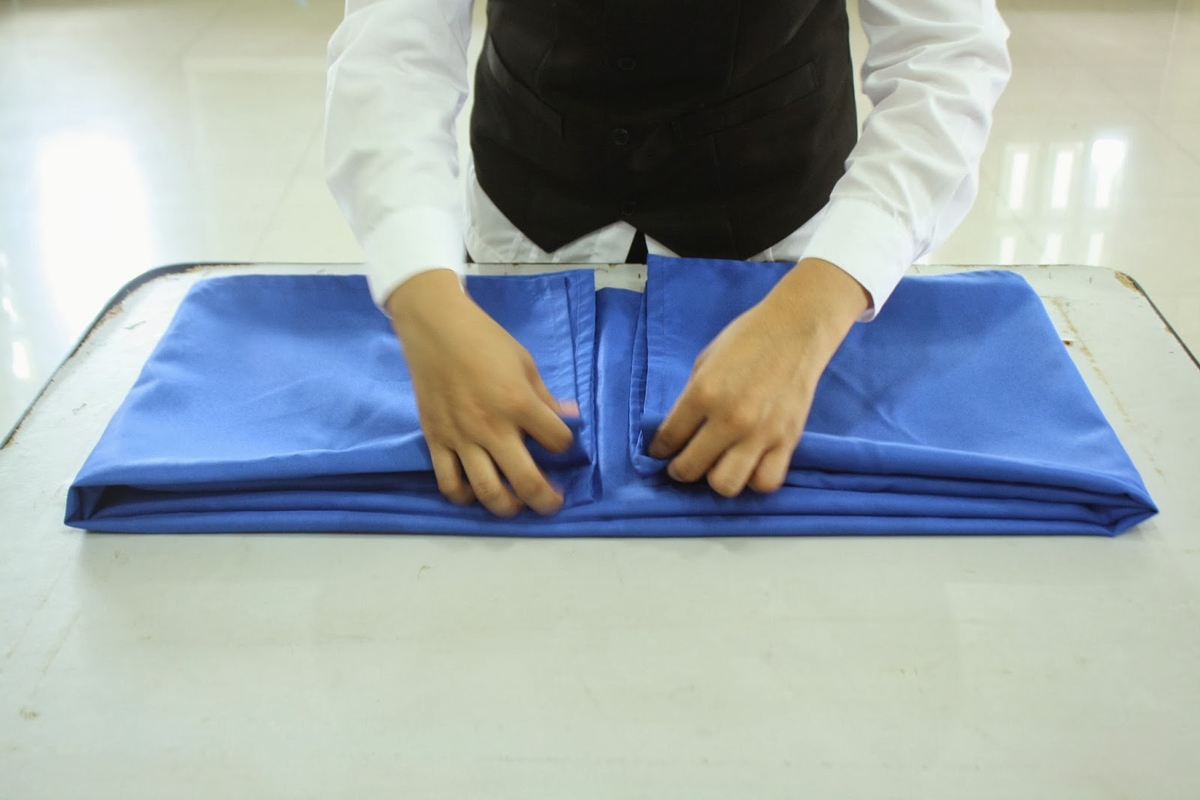

Tableware
How To Store Tablecloths Without Wrinkling
Modified: February 24, 2024
Discover the best way to store your tablecloths without worrying about wrinkles. Our expert tips will help you keep your tableware organized and wrinkle-free.
(Many of the links in this article redirect to a specific reviewed product. Your purchase of these products through affiliate links helps to generate commission for Storables.com, at no extra cost. Learn more)
Introduction
Tablecloths are an essential part of any table setting, adding elegance and style to any occasion, whether it’s a casual family dinner or a formal dinner party. However, storing tablecloths can be a challenge, as they are prone to wrinkling and damage if not stored properly. In this article, we will explore effective methods and tips on how to store tablecloths without wrinkling, ensuring they remain in pristine condition for years to come.
Properly folding and storing your tablecloths not only prevents wrinkles but also helps to preserve their color, fabric, and overall quality. Whether you have delicate lace tablecloths or sturdy cotton ones, following the right techniques can make a significant difference in their longevity.
Key Takeaways:
- Proper folding and storage techniques, such as the hanging and rolling methods, are essential for keeping tablecloths wrinkle-free and preserving their quality. Careful handling and suitable storage locations contribute to maintaining the fabric’s integrity.
- Incorporating acid-free paper or cloth, avoiding direct sunlight, and regularly inspecting and refolding stored tablecloths are crucial practices for prolonging their lifespan and ensuring they remain in pristine condition. Following specific care instructions for different fabrics is also essential for maintaining their beauty and functionality.
Read more: How To Store Tablecloths Without Wrinkling
Proper Folding Techniques
One of the key factors in storing tablecloths without wrinkling is folding them correctly. Here are two popular folding techniques that you can use:
Hanging Method:
- Start by folding the tablecloth in half lengthwise, ensuring that the edges line up.
- Next, fold it in half widthwise.
- Hang the folded tablecloth over a sturdy hanger, with the fold at the top.
Rolling Method:
- Lay the tablecloth flat on a clean surface.
- Start rolling it tightly from one end to the other.
- Secure the rolled tablecloth with a string or ribbon to keep it in place.
Both methods are effective for preventing wrinkles, so choose the one that best suits your storage space and personal preference. Whichever method you choose, make sure the tablecloth is clean and dry before folding or rolling to avoid any damage or discoloration.
Key Takeaways:
- Proper folding and storage techniques, such as the hanging and rolling methods, are essential for keeping tablecloths wrinkle-free and preserving their quality. Careful handling and suitable storage locations contribute to maintaining the fabric’s integrity.
- Incorporating acid-free paper or cloth, avoiding direct sunlight, and regularly inspecting and refolding stored tablecloths are crucial practices for prolonging their lifespan and ensuring they remain in pristine condition. Following specific care instructions for different fabrics is also essential for maintaining their beauty and functionality.
Read more: How To Store Tablecloths Without Wrinkling
Proper Folding Techniques
One of the key factors in storing tablecloths without wrinkling is folding them correctly. Here are two popular folding techniques that you can use:
Hanging Method:
- Start by folding the tablecloth in half lengthwise, ensuring that the edges line up.
- Next, fold it in half widthwise.
- Hang the folded tablecloth over a sturdy hanger, with the fold at the top.
Rolling Method:
- Lay the tablecloth flat on a clean surface.
- Start rolling it tightly from one end to the other.
- Secure the rolled tablecloth with a string or ribbon to keep it in place.
Both methods are effective for preventing wrinkles, so choose the one that best suits your storage space and personal preference. Whichever method you choose, make sure the tablecloth is clean and dry before folding or rolling to avoid any damage or discoloration.
When folding your tablecloths, it’s important to handle them with care. Avoid applying unnecessary pressure or pulling on the fabric, as this can lead to wrinkles and strains. Take your time and be gentle to ensure that the folds are smooth and even.
Another tip to keep in mind when folding your tablecloths is to avoid creasing the same spot repeatedly. By folding the tablecloth in different places each time, you can prevent deep creases from forming and reduce the likelihood of permanent wrinkles.
Additionally, consider the size of your storage space when folding your tablecloths. If you have limited space, rolling them may be a more practical choice as it takes up less room. On the other hand, if you have ample space, hanging them can help to maintain their shape and prevent any unnecessary creases.
Whichever folding technique you choose, be consistent with your method of folding for all your tablecloths. This helps to create a uniform stack or collection, making it easier to locate and retrieve tablecloths when needed.
Now that you are equipped with the proper folding techniques, it’s time to explore the various storage methods and tips to ensure the longevity of your tablecloths.
Hanging Method
The hanging method is a popular and effective way to store tablecloths without wrinkling. Here’s how to properly use this method:
- Start by folding the tablecloth in half lengthwise, ensuring that the edges line up. This will create a long rectangular shape.
- Next, fold the tablecloth in half widthwise, bringing the top edge down to meet the bottom edge. This will further reduce the size of the folded tablecloth.
- Hold the tablecloth by the folded top edge and carefully drape it over a sturdy hanger. Make sure the fold is at the top and the fabric hangs evenly.
- Choose a hanger that is wide enough to support the entire width of the tablecloth without causing it to stretch or sag. Wooden or padded hangers are ideal as they provide proper support and minimize the chance of any creases forming.
- Ensure that the tablecloth is hanging freely, without any other items pressing against it. This will help maintain the shape and prevent any unnecessary creasing.
- Find a suitable storage location, ideally in a cool, dry, and well-ventilated area. Avoid areas prone to excessive heat, humidity, or moisture as they can damage the fabric over time.
Using the hanging method allows the tablecloth to hang freely, minimizing the chances of creasing and wrinkles. It also makes it easier to access and retrieve the tablecloth when needed, without the need for ironing or extensive preparation.
Before hanging the tablecloth, ensure that it is clean and completely dry to prevent any mold or mildew growth during storage. Cleaning the tablecloth according to the fabric’s care instructions is essential to maintain its quality and appearance.
If you’re concerned about dust or dirt settling on the tablecloth while hanging, consider covering it with a breathable cloth or garment bag. This will protect it from unnecessary exposure without creating airtight conditions that could lead to moisture build-up.
Remember to periodically inspect the hanging tablecloths to ensure they remain in good condition. If you notice any signs of damage, such as tears or stains, address them promptly to prevent further deterioration.
The hanging method is an excellent storage option for tablecloths that you use frequently or want to display in your closet or storage area. It keeps them organized, easily accessible, and in beautiful condition, ready to be used for your next special occasion.
Rolling Method
The rolling method is another effective technique for storing tablecloths without wrinkling. Here’s how to properly use the rolling method:
- Start by laying the tablecloth flat on a clean and dry surface, such as a table or countertop.
- Smooth out any creases or wrinkles that may be present in the fabric.
- Begin rolling the tablecloth tightly from one end to the other. Start with the longest side if you have a rectangular tablecloth.
- As you roll, make sure to keep the fabric taut to prevent any loose folds or sagging.
- Once you have rolled the entire tablecloth, secure it in place by tying a string or ribbon around the rolled bundle. This will help maintain its compact shape during storage.
- Find a suitable storage location, preferably in a cool, dry, and well-ventilated area away from direct sunlight. Extremes in temperature and moisture can damage the fabric over time.
The rolling method offers several benefits. It takes up less space compared to the hanging method, making it ideal for smaller storage areas. It also helps to prevent excessive creasing and wrinkling, as the fabric is tightly rolled and supported from all sides.
When using the rolling method, it’s important to carefully handle the tablecloth to avoid unnecessary strain on the fabric. Use gentle movements and ensure that the fabric remains smooth and taut as you roll it to minimize the chances of wrinkles forming.
Before rolling the tablecloth, it should be thoroughly cleaned and completely dry. This prevents any stains or odors from setting in during storage and ensures that the fabric remains in its best condition.
If you have multiple tablecloths, it’s helpful to label or categorize them before rolling and storing. This makes it easier to locate specific tablecloths when needed, saving you time and effort.
Periodically inspect the rolled tablecloths to ensure they are still in good condition. If you notice any damage or stains, take appropriate steps to address them promptly before storing the tablecloth again.
The rolling method is versatile and suitable for a variety of tablecloth fabrics, including delicate ones like lace or silk. It keeps your tablecloths compactly stored, easily accessible, and ready to use whenever you need to dress up your table.
Read more: How To Store Cardigans Without Wrinkles
Storage Tips
In addition to the folding and rolling methods, there are some essential storage tips to keep in mind for maintaining the quality of your tablecloths:
Using Acid-free Paper or Cloth:
Place acid-free tissue paper or a clean, white cotton cloth between each folded layer of tablecloth to provide extra protection and prevent color transfer. This helps to maintain the vibrancy and integrity of the fabric.
Avoiding Direct Sunlight:
Choose a storage location away from direct sunlight, as prolonged exposure to UV rays can fade the colors and weaken the fabric fibers. Opt for a dark and cool area, such as a closet, drawer, or storage box.
Regularly Inspecting and Refolding:
Periodically check your stored tablecloths for any signs of damage, including stains, tears, or mildew. If necessary, unfold and refold them using the proper folding techniques to prevent permanent creases in the same places.
Read more: How To Store Scarves Without Wrinkling
Using Proper Storage Containers:
Invest in sturdy storage containers specifically designed for textiles or linens. Make sure the containers are clean, dry, and free of any insects or pests before placing the tablecloths inside. Avoid using plastic bags or sealed containers that may trap moisture and cause mildew.
Using Mothballs or Lavender Sachets:
To deter pests such as moths, consider placing mothballs or lavender sachets in your storage containers. However, be cautious when using mothballs, as they can leave a strong odor on the tablecloths. Alternatively, you can use lavender sachets for a fragrant and natural option.
Properly Storing Special Occasion Tablecloths:
For tablecloths that are specifically used for special occasions and are not regularly used, consider storing them separately. This ensures they stay in pristine condition and are ready to impress whenever you have a special event.
By following these storage tips, you can maintain the quality and appearance of your tablecloths, prolonging their lifespan and ensuring they are always in excellent condition when you need them.
Using Acid-free Paper or Cloth
When it comes to storing tablecloths, using acid-free paper or cloth can make a significant difference in preserving the fabric’s quality. Here’s why it’s crucial and how to use them:
Acid-free paper and cloth are specifically designed to provide a protective barrier between folded layers of tablecloth. Regular paper or materials with high acidity can cause color transfer, fading, and even deterioration of the fabric over time.
To use acid-free paper or cloth, follow these simple steps:
- Before folding your tablecloth, ensure that it is clean and completely dry. This prevents any moisture or residues from getting trapped between the layers.
- Begin by folding the tablecloth according to the preferred folding technique, such as the hanging method or rolling method.
- Once you have a folded layer, place a sheet of acid-free tissue paper or a clean, white cotton cloth on top of it.
- If you are folding multiple tablecloths, repeat the process of adding a sheet of acid-free paper or cloth between each layer.
- Make sure the acid-free paper or cloth covers the entire surface of the folded tablecloth to provide an even layer of protection.
Acid-free paper and cloth act as a buffer, preventing any color transfer or interaction between the folds of the tablecloth. They also help to absorb any excess moisture and maintain a consistent humidity level within the storage area.
When it comes to choosing acid-free paper or cloth, look for products that are labeled as “acid-free” or “archival quality.” These materials are specifically manufactured to have a neutral pH and are free from harmful acidic components that could damage the fabric.
In addition to using acid-free paper or cloth during the storage process, it’s also beneficial to periodically change them. Over time, even acid-free materials can accumulate dust or small particles, so replacing them ensures a clean and protective environment for your tablecloths.
By using acid-free paper or cloth, you can safely store your tablecloths without worrying about color transfer, fading, or damage to the fabric. This simple yet effective practice helps to preserve the vibrancy and longevity of your tablecloths, ensuring they remain in excellent condition for many years to come.
Read more: How To Store Sweaters Without Wrinkles
Avoiding Direct Sunlight
One of the key factors in preserving the quality of your tablecloths is to protect them from direct sunlight. Here’s why it’s important and how to avoid sunlight exposure:
Direct sunlight can have harmful effects on tablecloths, leading to color fading, fabric weakening, and overall deterioration. UV rays from the sun can penetrate the fabric fibers and break down the molecular structure, causing irreversible damage over time.
To avoid direct sunlight exposure, consider the following tips:
Choose a Suitable Storage Location:
When storing your tablecloths, select a storage area away from windows or areas with excessive sunlight. Look for a cool, dry, and well-ventilated space such as a closet, drawer, or storage box.
Utilize Window Coverings:
If your storage area has windows, consider using blinds, curtains, or UV-protective window films to block the sunlight. This helps to minimize the amount of direct sunlight that enters the room and reaches your stored tablecloths.
Select Dark Storage Containers:
When using storage containers for your tablecloths, opt for darker colored containers or ones that are opaque. This helps to create a barrier and prevent sunlight from reaching the fabric.
Read more: How To Remove Wrinkles From A Tablecloth
Rotate Storage Locations:
If possible, periodically rotate the storage location of your tablecloths. This helps to distribute any potential light exposure more evenly and prevents one area from receiving prolonged sunlight.
Avoid Sunlight During Use:
When you’re using tablecloths for special occasions or daily meals, position your table away from sources of direct sunlight. This not only helps to protect the tablecloth from sun damage but also creates a more comfortable dining environment, as the sunlight won’t be shining directly on your guests.
By actively avoiding direct sunlight, you can significantly extend the lifespan of your tablecloths and maintain their vibrant colors. Remember, even a short period of exposure to sunlight can have a cumulative effect on the fabric over time.
Implementing these practices not only protects your tablecloths but also ensures that they remain in pristine condition, ready to enhance your dining experiences or special events for years to come.
Regularly Inspecting and Refolding
Regular inspection and refolding of your stored tablecloths are essential to maintain their quality and prevent any damage or deterioration over time. Here’s why it’s important and how to incorporate this practice into your tablecloth storage routine:
Tablecloths may sometimes be subject to unseen threats such as stains, tears, or mildew, even when stored properly. By regularly inspecting your tablecloths, you can catch any issues early on and take appropriate action to prevent further damage.
Here’s how to inspect and refold your tablecloths:
- Set a reminder on your calendar or choose a specific time every few months to inspect your stored tablecloths thoroughly.
- Unfold each tablecloth and carefully examine it for any signs of stains, discoloration, tears, or mildew. Pay close attention to the corners, edges, and any intricate designs or embroidery.
- If you notice any stains or discoloration, follow the specific fabric’s washing instructions to remove them effectively. Treat stains as soon as possible to ensure a higher chance of successful removal.
- For tears or loose seams, consider getting them repaired by a professional or using fabric glue or thread to mend them yourself.
- If mildew is present, address it immediately by washing the affected area with a mild detergent and water or following specific recommendations for mildew removal on the fabric.
- Once you have inspected and performed any necessary cleaning or repairs, refold the tablecloth using proper folding techniques, such as the hanging method or rolling method, as mentioned earlier in the article.
- Make sure to fold the tablecloth in different places than the previous folds to prevent permanent creases and keep the fabric’s integrity intact.
Regular inspection and refolding not only help you identify and address any issues promptly but also ensure that the folds are smooth, even, and free from deep creases. Frequent refolding also helps to redistribute any stress on the fabric, preventing weak points or permanent wrinkles from forming.
In addition, take the opportunity during the inspection to reassess your storage conditions and make any necessary adjustments. Check for any signs of moisture, pests, or extreme temperatures in the storage area and take appropriate steps to address them to maintain the optimal environment for your tablecloths.
By incorporating regular inspection and refolding into your tablecloth storage routine, you can extend the lifespan of your tablecloths, prevent further damage, and enjoy them in pristine condition for many years to come.
Conclusion
Properly storing tablecloths is essential for preserving their quality and ensuring they remain wrinkle-free. By following the right folding techniques, utilizing appropriate storage methods, and implementing key tips, you can keep your tablecloths in pristine condition for years to come.
Whether you choose the hanging method or the rolling method, be sure to handle your tablecloths with care and fold them in a way that minimizes creases and strains on the fabric. Consider your storage space and select a suitable location that is cool, dry, and away from direct sunlight.
Using acid-free paper or cloth between folded layers provides an additional layer of protection, preventing color transfer and maintaining the vibrancy of the fabric. Avoiding direct sunlight is crucial, as UV rays can fade colors and weaken the fibers over time.
Regularly inspecting your stored tablecloths for any signs of damage or stains allows you to address them promptly, preventing further deterioration. Refolding your tablecloths during the inspection process helps redistribute stress and prevent permanent creases in the fabric.
Remember to follow the specific care instructions for each tablecloth, as different fabrics may require different cleaning and maintenance methods. Treat any stains or mildew as soon as possible to ensure the best chances of successful removal.
In conclusion, by implementing these storage techniques and tips, you can ensure that your tablecloths remain in excellent condition, ready to enhance any table setting or special occasion. Take the time to properly fold, store, and care for your tablecloths, and you will enjoy their beauty and functionality for years to come.
Frequently Asked Questions about How To Store Tablecloths Without Wrinkling
Was this page helpful?
At Storables.com, we guarantee accurate and reliable information. Our content, validated by Expert Board Contributors, is crafted following stringent Editorial Policies. We're committed to providing you with well-researched, expert-backed insights for all your informational needs.
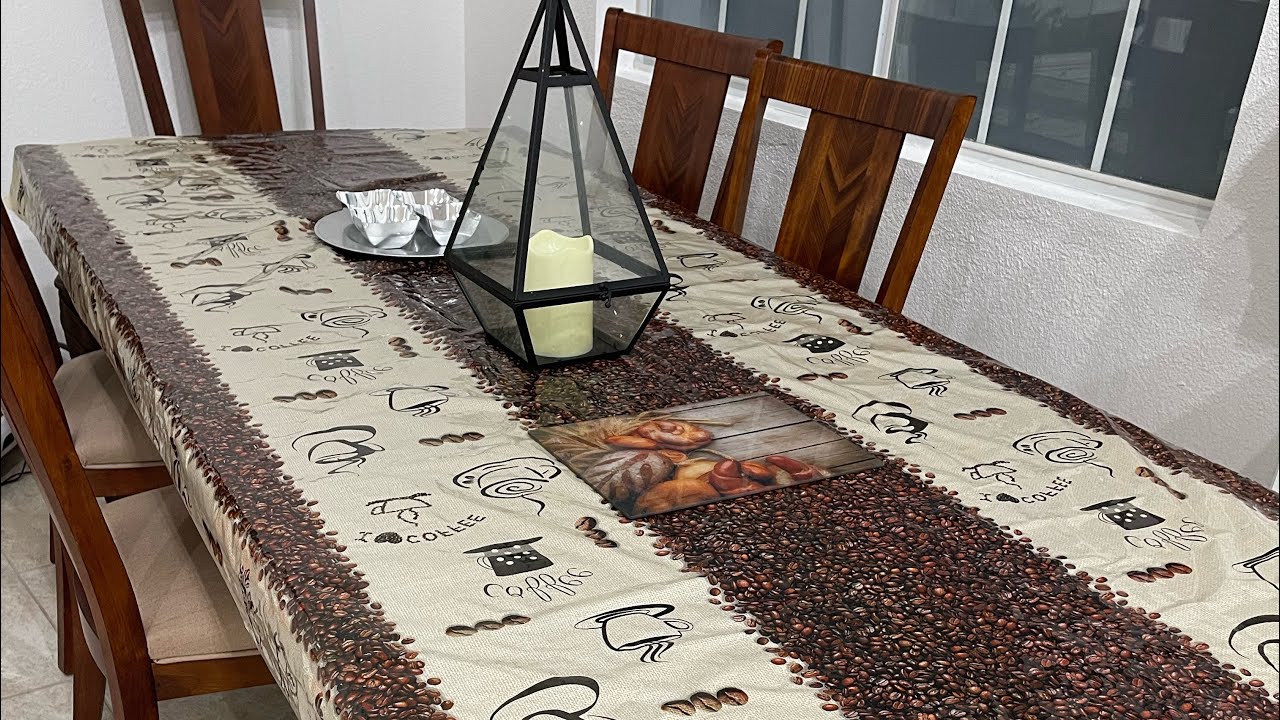
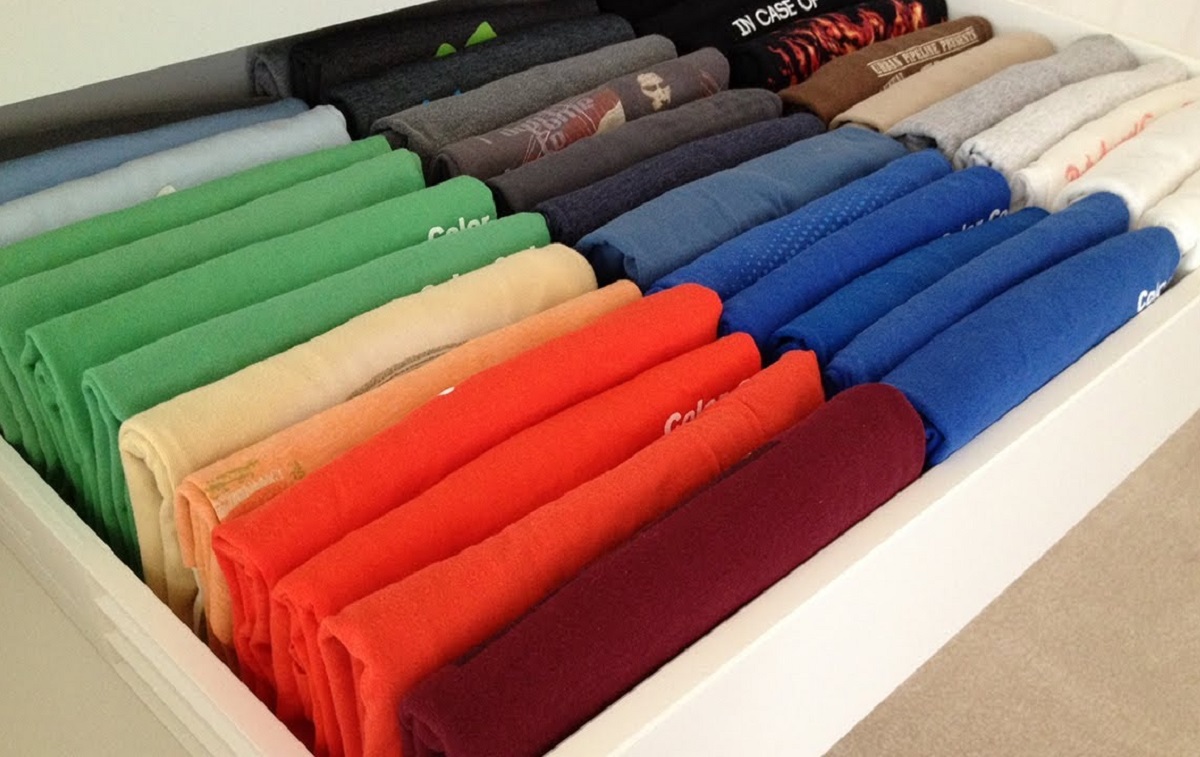
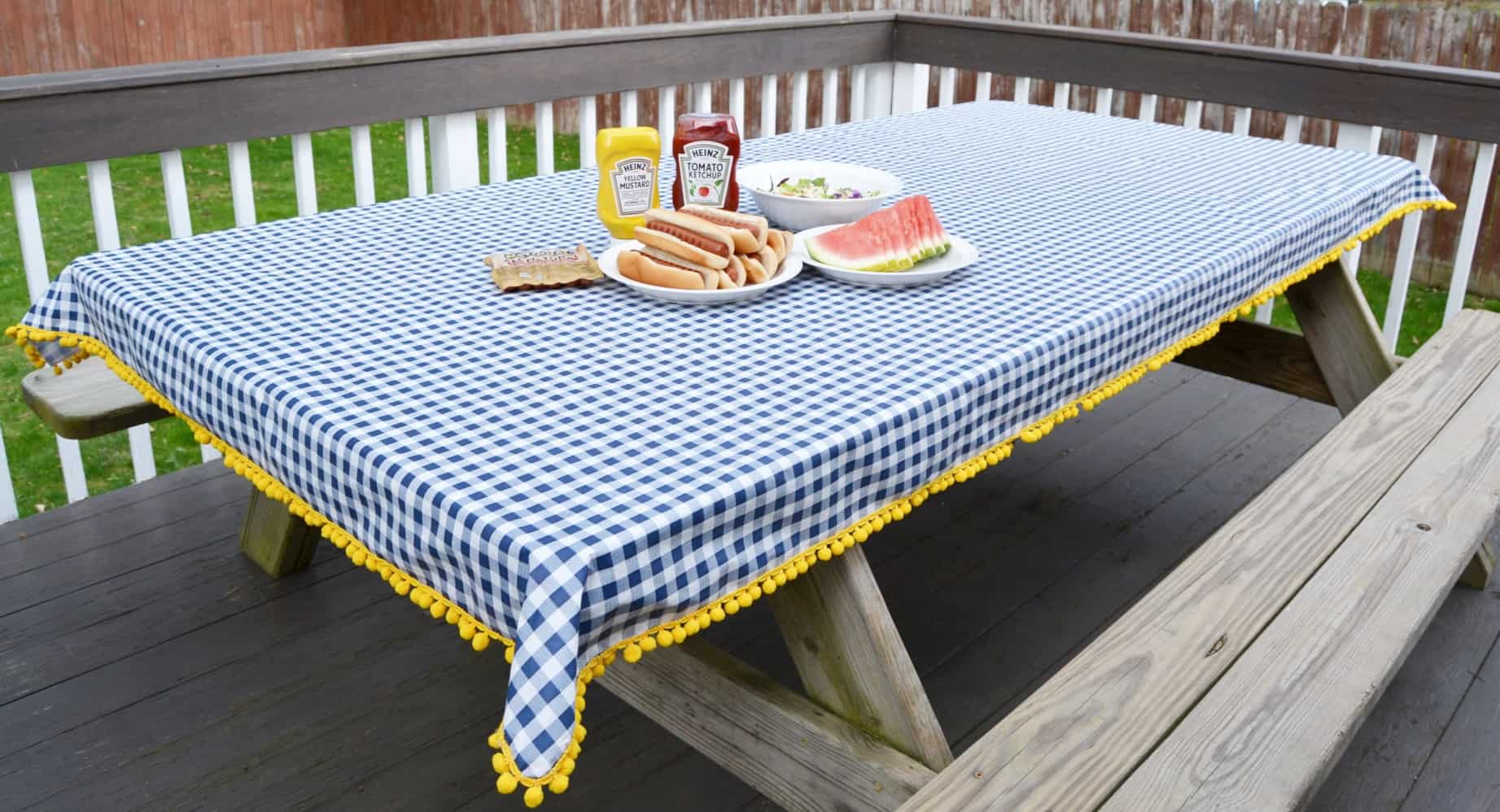
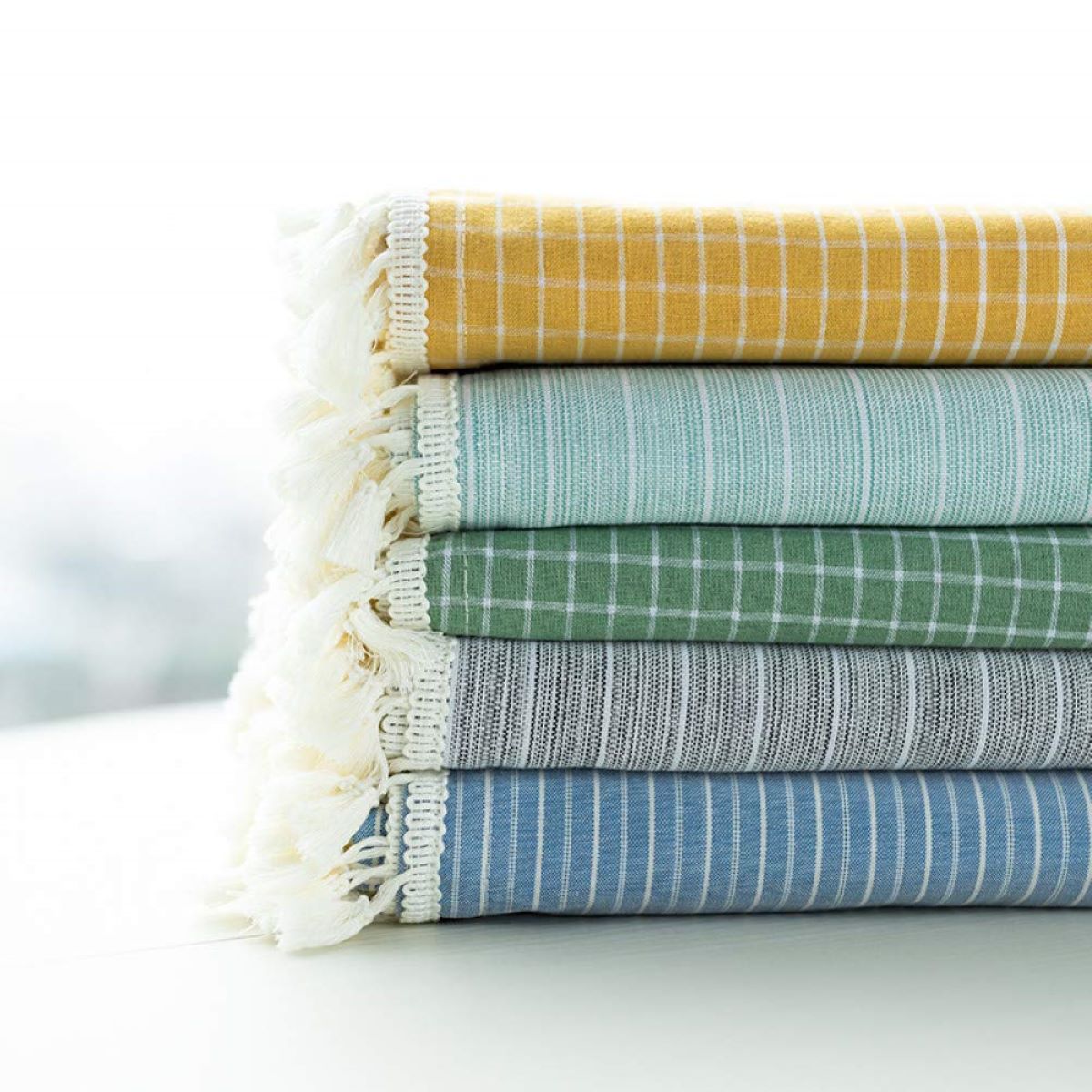
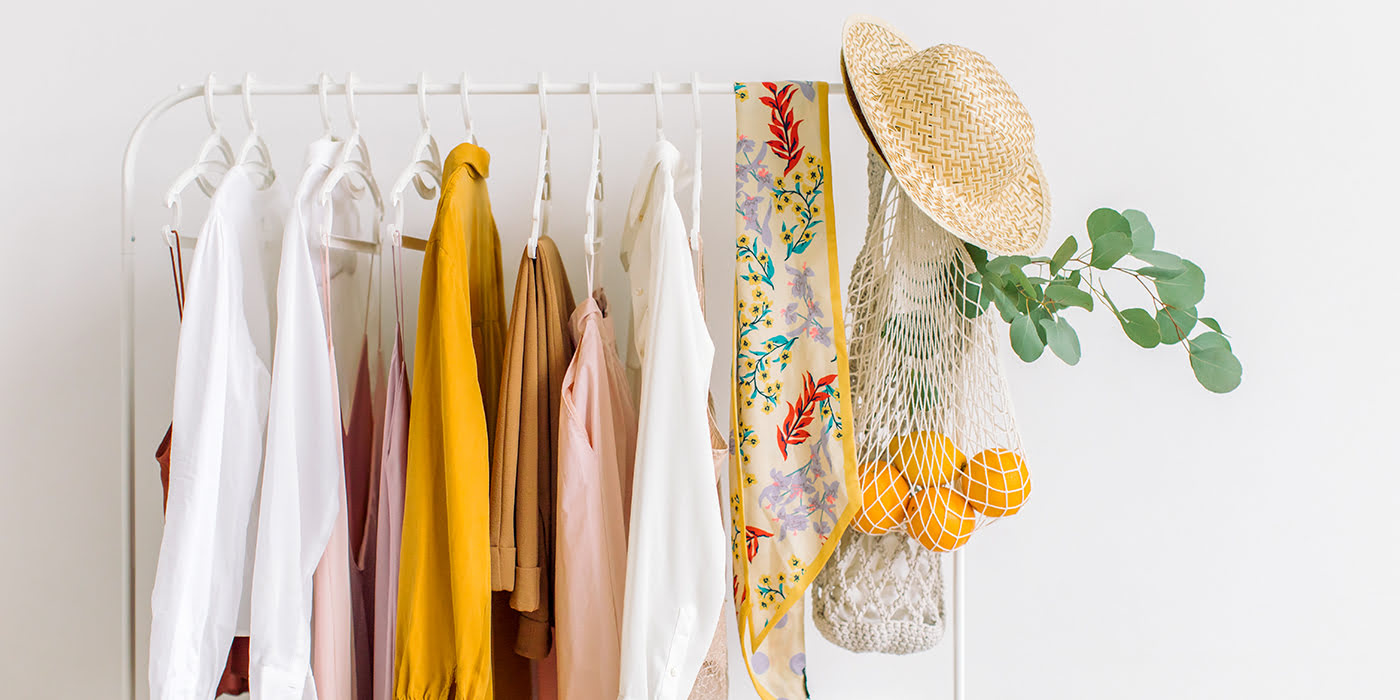
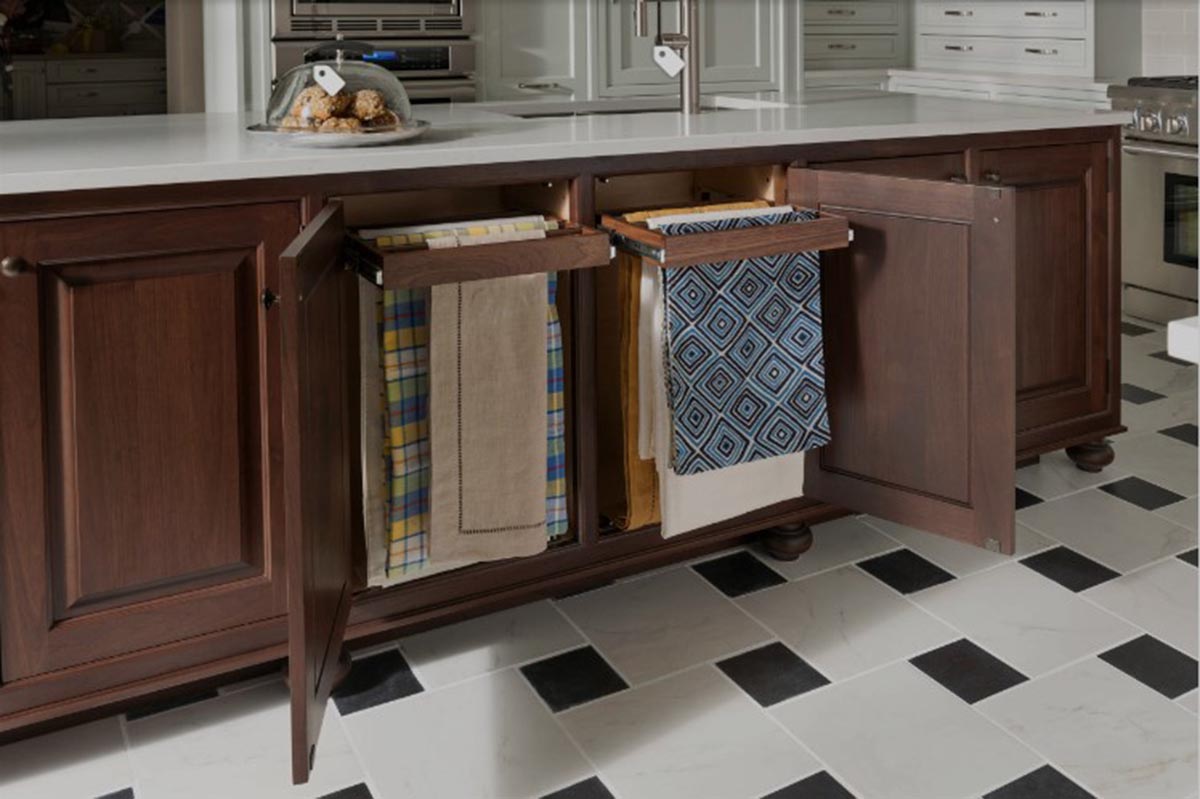
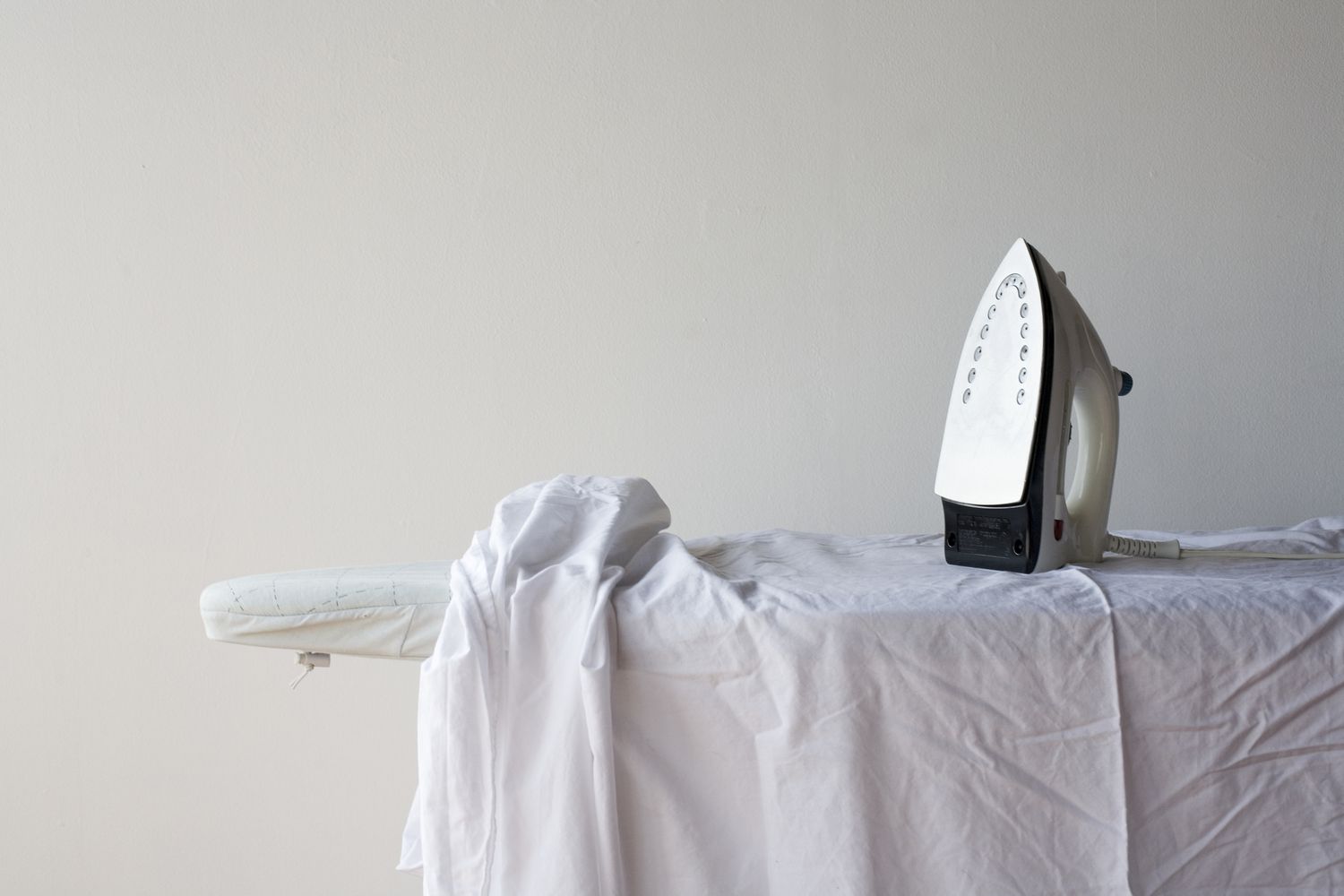
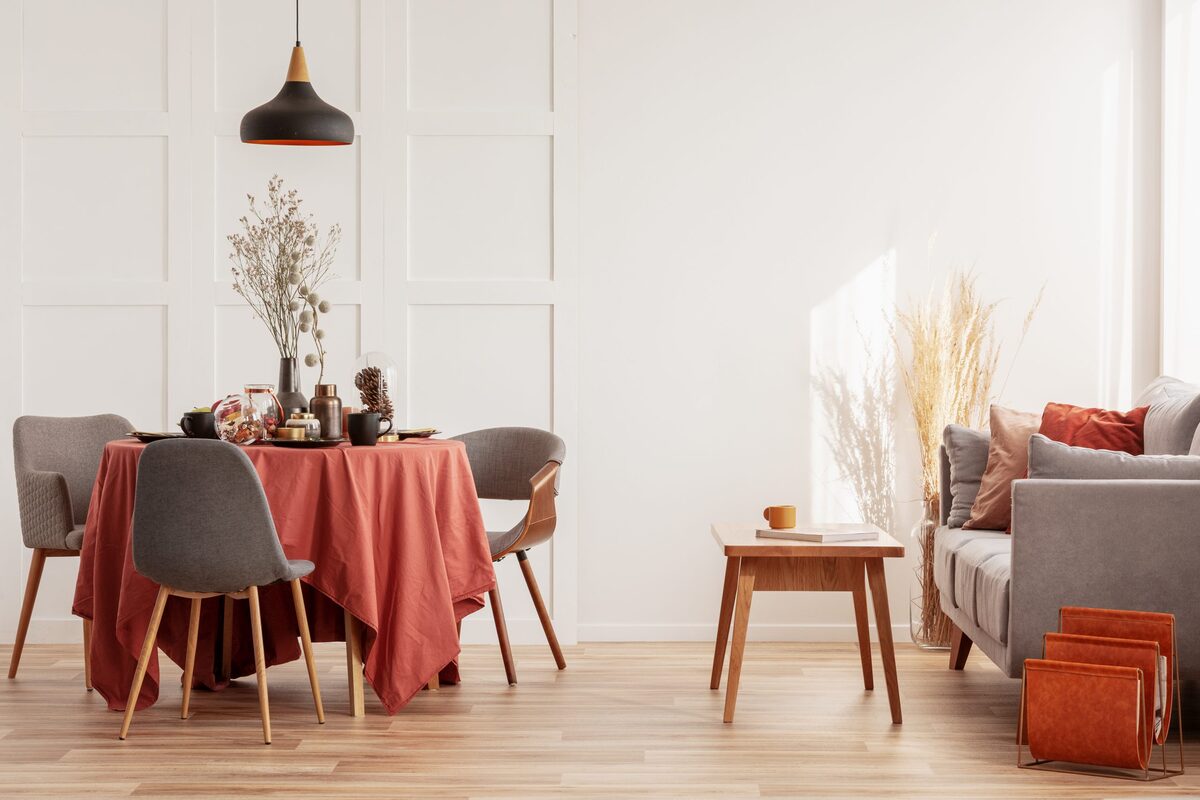
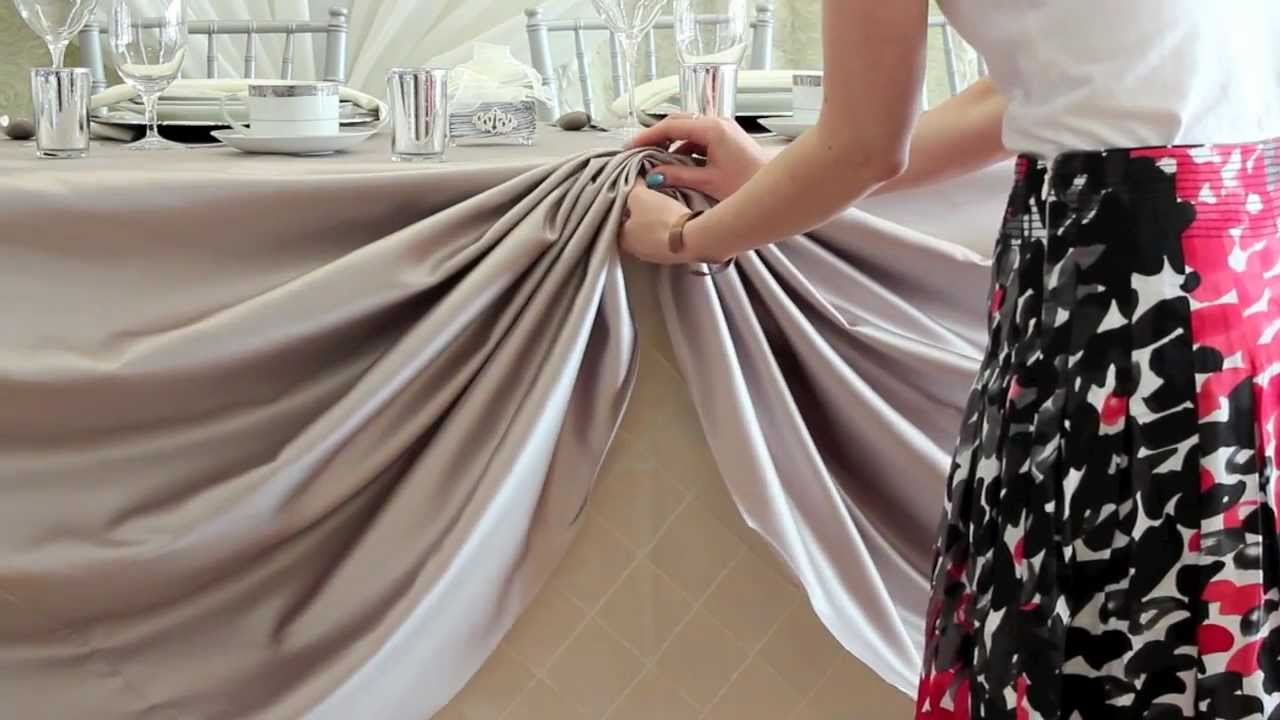
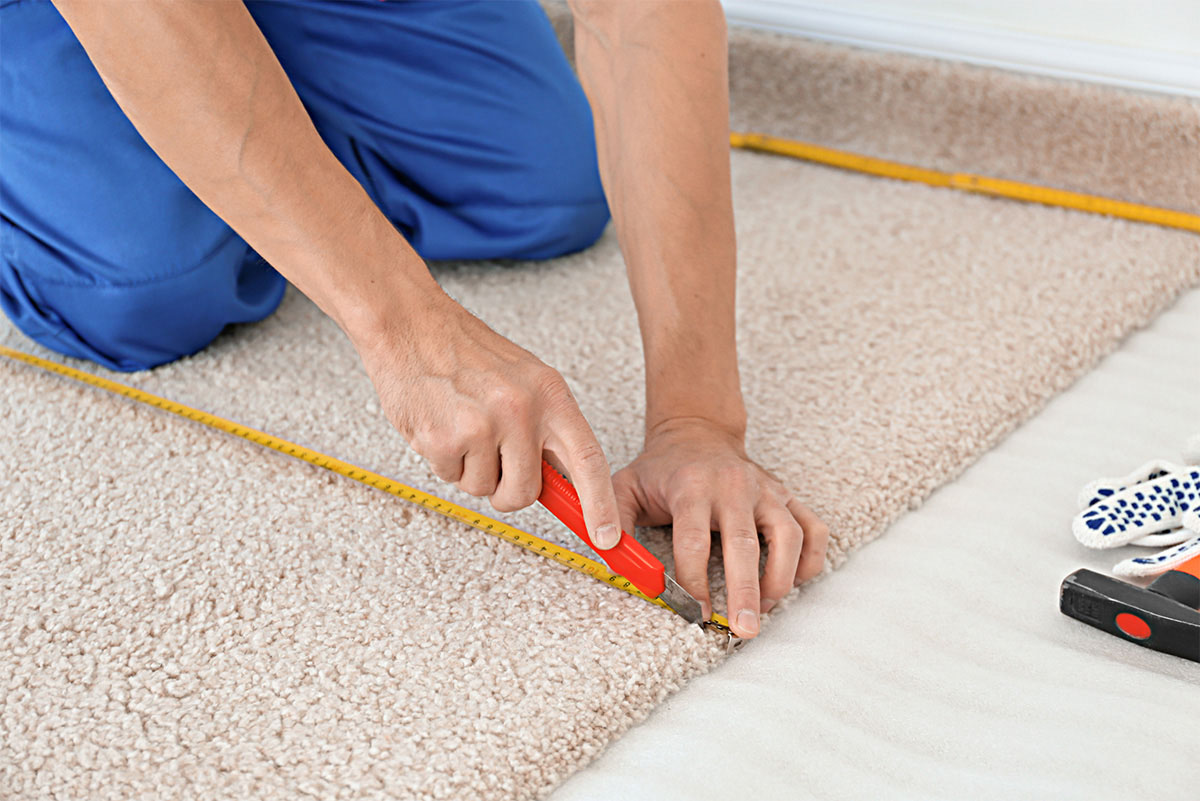

0 thoughts on “How To Store Tablecloths Without Wrinkling”